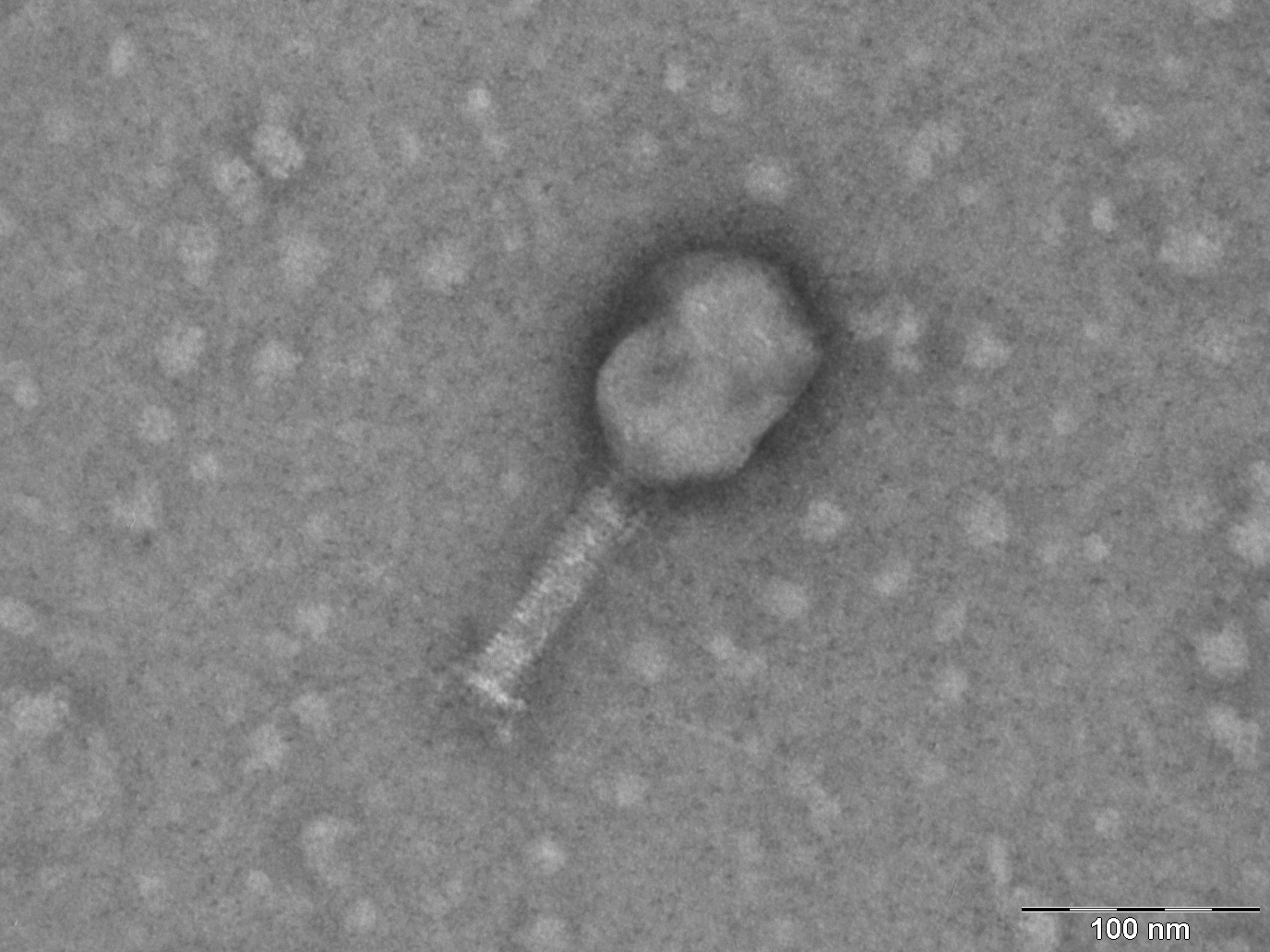BLOG | Bluephage
WHO publishes a new set of scorecards for managing the six major environmental threats to health

According to WHO, there are six major environmental threats to health: air pollution, water, sanitation, and hygiene (WASH), climate change, chemical exposure, radiation, and occupational health.
In June 2022, WHO released the new health and environment scorecards, which aim to highlight some of the major environmental health issues at the national level and set priorities for action to create healthier populations through healthy environments.
Bluephage works to prevent the environmental health threat posed by contaminated water by providing water quality testing laboratories with rapid, practical, and effective solutions for the early detection of viral contamination of water through coliphages, non-pathogenic viruses found in human feces that warn of the presence of other viruses that cause severe waterborne diseases.
According to the “Compendium of WHO and other UN organizations’ guidance on health and the environment,” which provides concrete measures that can be implemented to improve WASH statistics worldwide, inadequate WASH can cause disease through many interrelated transmission pathways, including:
- ingestion of water contaminated with feces or chemicals
- inadequate personal hygiene that may be related to water scarcity
- contact with water-containing pathogens in proximity to bodies of water where disease vectors proliferate.
Bluephage promotes using Somatic and F- specific coliphages (bacteriophages infecting coliform bacteria such as E.coli) as viral indicators because they tend to persist longer than bacteria in the environment and are moderately resistant to natural and anthropogenic stressors. When there are coliphages, other viruses can be present in the environment but with lower concentrations. So, monitoring through this viral indicator can prevent some diseases related to human viruses.

According to WHO’s Guidance on WASH and health, in 2016 alone, there were 829,000 deaths from diarrheal diseases due to poor hygiene, and approximately 2.3 billion people lacked hand washing facilities with soap and water in 2020.
Inadequate hygiene behaviors and consumption of water contaminated with feces are significant risk factors for infectious diseases such as diarrhea.
Some data on the different sources of infection from contaminated water.
Safe drinking water
In 2020, 26% of the world’s population lacked safe drinking water services. Approximately 144 million people still collect drinking water directly from surface water. Contaminated drinking water is estimated to cause 485,000 deaths from diarrhea yearly, in addition to malnutrition and many other diseases.
Recreational water
Recreational use of fresh and coastal waters can pose health risks from microbial and chemical contamination exposure.
Sanitation
Nearly half of the world’s population lacked safely managed sanitation services in 2020. Poor sanitation contributes to the spread of antimicrobial resistance and negatively affects overall well-being.
Evidence suggests that simply improving sanitation facilities may not lead to the desired health effects but must be accompanied by safe disposal of children’s and animals’ feces and cessation of open defecation.
Personal hygiene
Hand washing with soap at crucial times, such as after toileting, defecating, or before preparing food, is considered to be a behavior that is not widely practiced worldwide.
Bluephage wants to support the water monitoring industry with easy-to-use coliphage detection tests that can alert of viral contamination of water in just 6 hours.


